Respect the Respiratory (System)
Animal House
🦋 🐞 🐍 🐿️
The soup of the day is air:
78% nitrogen, 1% argon, a sprinkle of trace gases, and 21% this vital ingredient for life
Oxygen
The prefix Geo- just means this
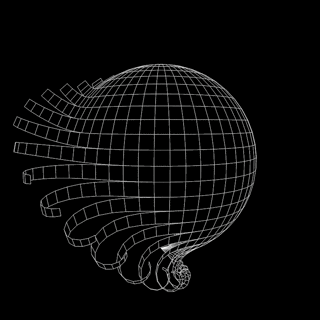
"Earth, or world"
Examples:
Geology
Geography
Geodesic dome
Geometry
Geodata etc.
The constellation Taurus has a large number of remnants of these massive events, so much that it's considered a "graveyard"

Supernovas
The left lung has a "notch" and is a bit smaller than the right lung to allow room for this major organ
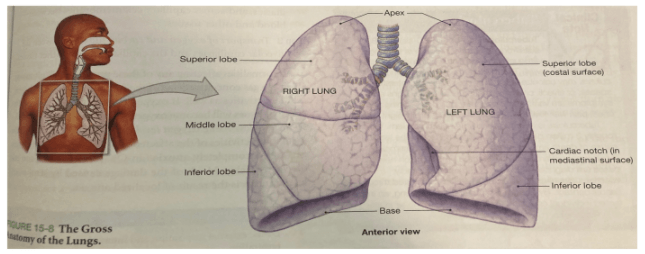
Heart
Zoology concerns itself with this major Kingdom of life, which makes up 76% of all known species on Earth. But perhaps we are biased so the numbers may change as we continue to study...
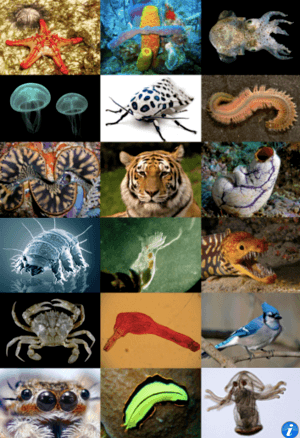
Animals
(Kingdom Animalia)
The three parts of the Biosphere include:
(Double points if you can describe a major part of each or where it is found)
*Hydrosphere
*Atmosphere
*Lithosphere
Besides the parts of the respiratory tract that we've studied, this part inside of our oral cavity is an important part of human language - it even appears in words such as: Linguistic or Bilingual
The tongue

Felis catus - name the animal!
Cat

FREE POINTS!


(Double points: Name one of its nicknames)
New York City
(The Big Apple, Gotham City, The City that Never Sleeps)
For our Halloween Cauldron Surprise, we'll be cooking up a new batch of witch's brew that uses dry ice for effects, which is really just the solid form of this waste product that we exhale

Carbon dioxide
Geography primarily concerns itself with this question word

Where?
FREE POINTS!

Name one of two parts of the outermost Respiratory System
(Where does the Respiratory System meet the outside world?)
Nose or Mouth
This major branch of animals actually only has 6,400 species alive today, and rodents make up 40% of them. The main thing they have in common is that mothers produce milk for their offspring
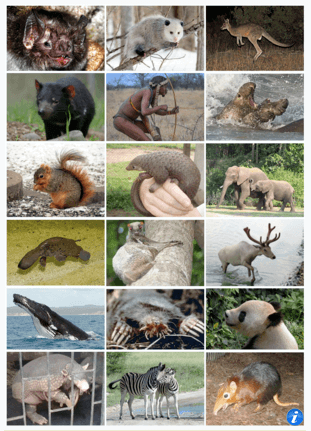
Mammals
97% of the world's water is stored in the reservoirs we know as these
The oceans
Some health scientists believe that there are many benefits of doing this which is a part of the Respiratory System on a regular basis, including the following:
1. Works the lungs, tones up the intercostals and diaphragm. / 2. Improves sleep / 3. Benefits cardio function by improving aerobic capacity / 4. Relaxes overall muscle tension / 5. Improves posture. / 6. Opens up sinuses and respiratory tubes / 7. With training, it could help decrease snoring / 8. Releases endorphins / 9. Boosts immune system
Singing
Canis familiaris - name the animal!
Dog

The Metric System is designed to organize units of measurement around this number
10

Washington, DC
(Capitol Building)
Whether you're having a cold, sore throat or allergies irritating your upper respiratory tract and making you cough, swallowing this when you're sick is proven to help better than many medicines
Honey

Knowledge in the Earth Sciences may help us better understand other examples of these outside of our Solar System
Planets
55 Cancri "E" is the "diamond" planet that is found in the direction of our constellation Cancer (hence the name, Cancri). All planets outside of our own Solar System are considered these
(+300: Name a planet that would NOT be considered this)
Exoplanets
What is missing? This part of the skeletal system over top of the heart and lungs helps protect it and its muscles support breathing
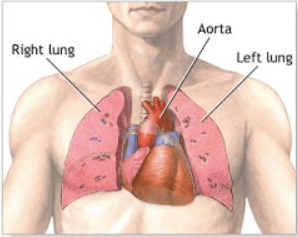
The rib cage
This class of Animals is known in Latin as "Aves" and are actually the only living examples of dinosaurs left on Earth. They tend to be pretty social, and are often heard "calling" out for mating purposes
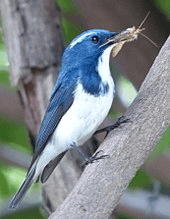
Birds
The two main Ecological Cycles that we looked at this week are:
(Double points: name something that they have in common.)
*The Water Cycle
*The Carbon Cycle
The fact that we have a respiratory tract that has vocal folds (AKA vocal chords) gives humans this unique ability
Speech / Language / Voice
(answer could be any of these)
FREE POINTS!
The Metric System is based on the fact that we have a certain amount of this body part used for counting
fingers

Los Angeles (Hollywood)
Breathing seems to be easiest for most people when this is kept between 30 and 60%
Humidity
Rock 'n' roll! People in this major branch of science may study volcanoes, earthquakes, glaciers, rock layers, or even fossil fuels or precious gems - basically, anything to do with the structure of the Earth
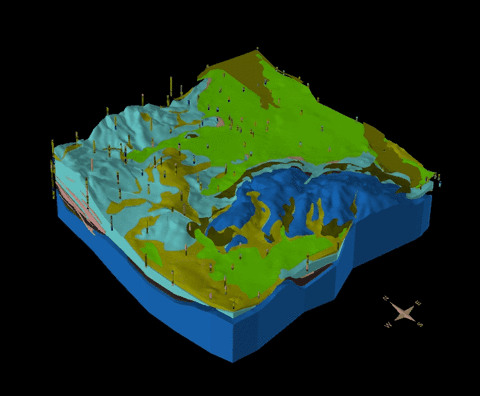
Geology
FREE POINTS!

The lungs are divided up into these sections - just don't over"L"ook the fact that the right lung has one more than the left one!
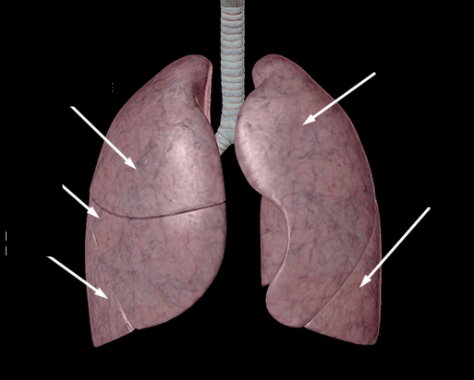
Lobes
These sea creatures are among the simplest of animal species and lack true tissues and organs - until the 1950s (when plastics became common), they were used for cleaning and bathing
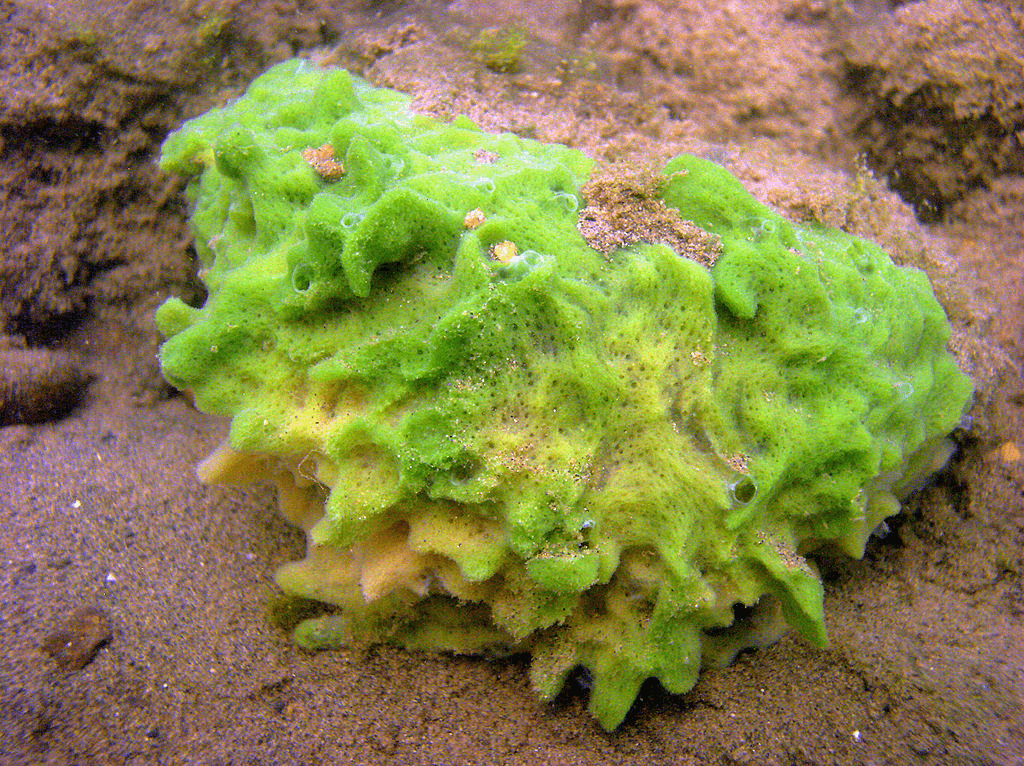
Sponges
The sum total of all water on Earth and in its atmosphere is known as this
Hydrosphere
The fact that our larynx helps protect us from choking by blocking our esophagus is the reason why we should try never doing these two things together at the same time!
Eating and talking
(make sure you chew and swallow completely before you say something!)
Tadarida brasiliensis is a species of this type of animal - the name suggests that it's from Brazil, but it's also found in Mexico and hangs out a lot under Austin bridges
Bats

This is the basic unit of volume in the Metric System, and 1 of these of plain water equals 1 kg in mass
(Double points if you can provide the British/French spelling)
Liter
(Litre)
NASA (where the Johnson Space Center is located)

Houston
Breathe easier knowing it's in the air - the essential oil of this plant that originally comes from Australia, when added to steam vapor, seems to help breathing whether you have a stuffy nose or nasal allergies

Eucalyptus
Maps deal "L"arge"L"y with these two coordinates that indicate where something is on the Earth - name one of the two
(Double points if you can name both)

Latitude and Longitude
The planet 30 Ari Bb is a gas giant that orbits around a solar system with not 1, not 2, not 3, but 4 Suns! It hangs out in our constellation Ares and lives in a system with two sets of this type of stars that are constantly rotating around each other
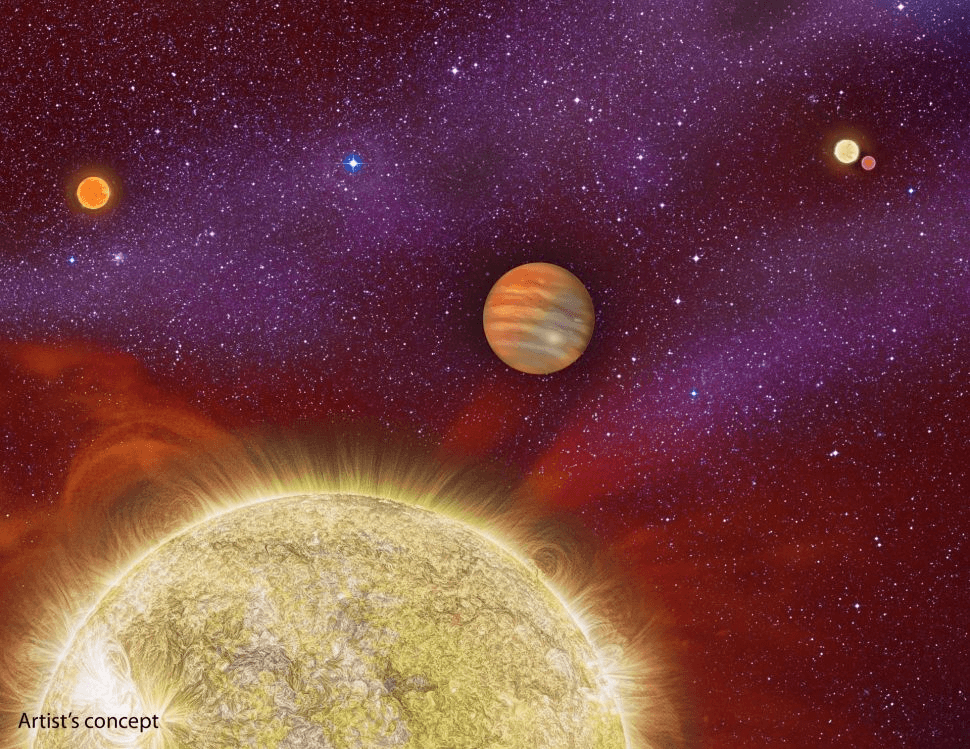
Binary stars
(Triple star system - Alpha Centauri which is made up of: Alpha Centauri A, Alpha Centauri B, and the closest star to our Solar System - Proxima Centauri)
Name one of the two parts shown here:
(Double points if you can name both!)
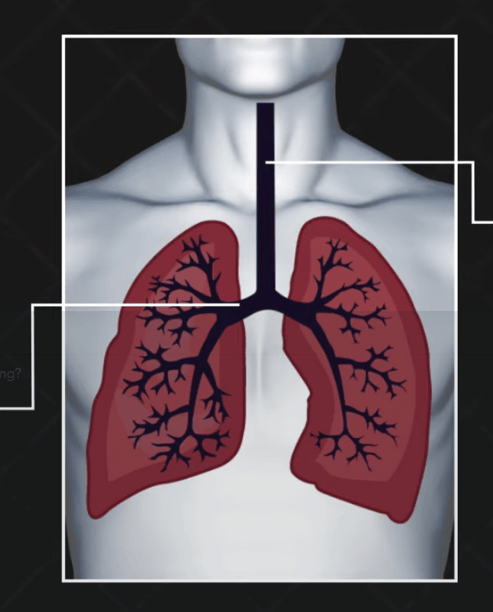
Trachea and Bronchus
(plural of bronchus is bronchi)
This animal, along with the octopus and cuttlefish species, form the class Cephalopoda - they can change color (camouflage) as needed, have 3 hearts, and produce ink to distract predators
Squid
The rocky parts of the Earth, including the rocks, stones, sand and soil contained in the crust and mantle are all called this main part of the Biosphere
Lithosphere
This soft tissue (usually referred to in the plural) vibrates or oscillates similar to the string of a guitar when plucked - it's what gives us a voice!

Vocal folds
(sometimes known as vocal chords)
Dionaea muscipula isn't an animal, but it does eat animals on occasion - not to worry, it won't starve. It can do photosynthesis also - guess the organism
(Double points if you can name where it's native to [also known as endemic to a place])
Venus flytrap
(East coast of North America, around North Carolina)

This is the basic unit of length in the Metric System, based on the Greek word for "to measure"
Meter

(Double points: name the famous building shown)
Seattle
(Space Needle)

This is a colorless, odorless, tasteless gas which is highly toxic and can cause brain damage and even death. The only way to know it's there is from a special detector
(+600: Give the chemical formula)
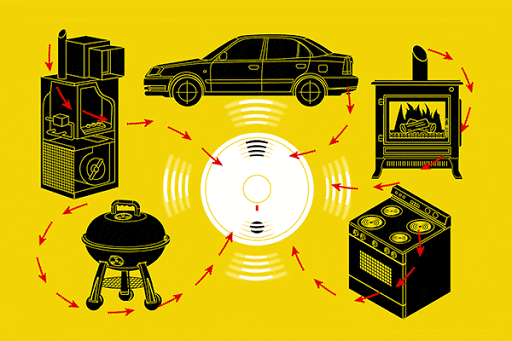
Carbon monoxide (CO)
This branch of Earth Science studies a vast topic which covers 2/3 of the globe! There are parts of the moon that are better mapped than this...

Oceanography
This type of celestial object is often the site of star creation, so much so that they're referred to as "stellar cradles" - the one shown is called the "Clownface _____" and it's found in our constellation Gemini

Nebula
Mamma mia! These aren't ravioli, but they are these small air filled sacs shaped like grapes that let oxygen and carbon dioxide pass to and from the red blood cells
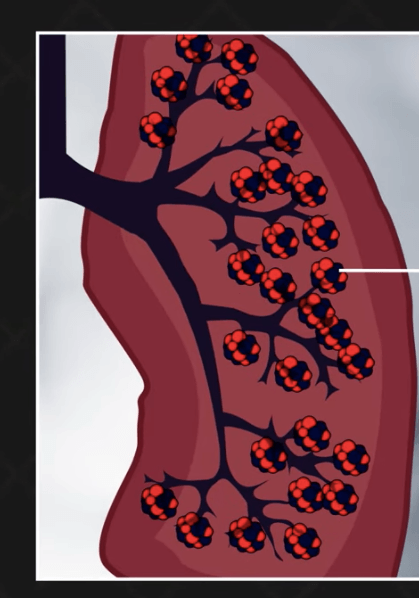
Alveoli
Creepy crawlies of the world, unite! This branch of zoology deals with all insects - it's a big field, as it covers 2/3 of all known species on Earth!
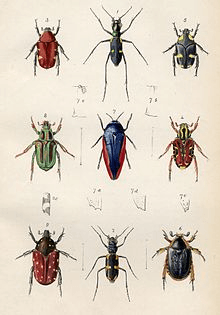
Entomology
The process where water soaks into the ground and becomes a part of the water table is called this
Infiltration
The main part of the respiratory tract that is an important part of speaking
Larynx
(AKA the "voice box")
These animals in the Family Theraphosidae are arachnids with 8 furry legs and are found on every continent on Earth except for Antarctica
Tarantulas

The Metric System was invented in this country in the 1700s
France


Dallas